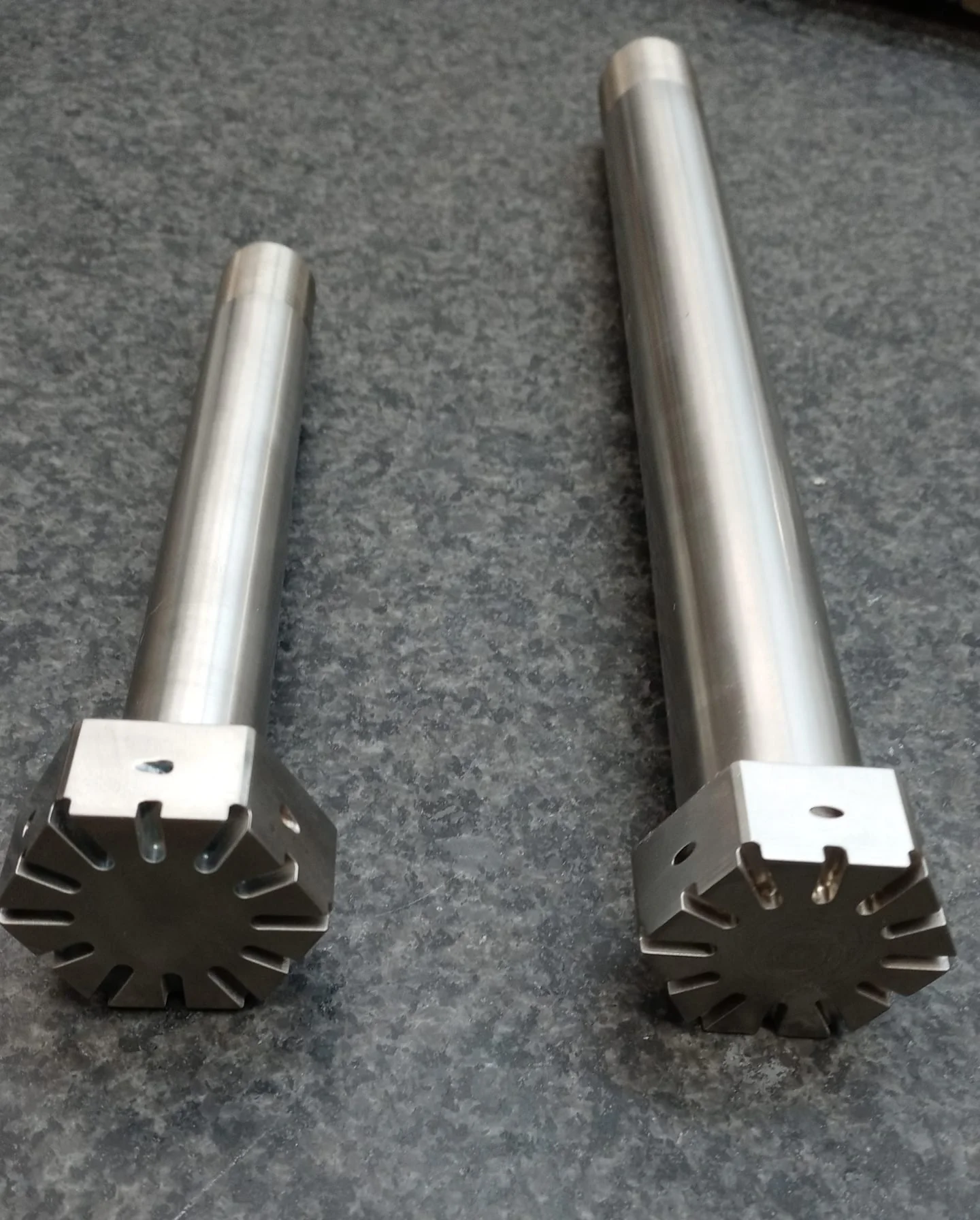Grinding and Honing: Important Secondary Operations for Aerospace and Defense Parts
When machining parts for aerospace and American defense manufacturing, there’s no room for error. Precision is paramount to the safety of the end user, and as your precision machining partner, we take our role in the process very seriously.
Ultimately, achieving precision boils down to knowing which operations are needed to keep parts in tolerance and functioning properly. Two operations critical to the outcome of your precision parts are grinding and honing.
While grinding and honing are secondary operations, they’re just as essential as initial machining operations like milling or turning to ensure part functionality. Let’s break down why these capabilities are so critical.
Why Are Grinding and Honing So Important?
Grinding and honing are material removal processes used to achieve exceptionally tight tolerances and smooth surface finishes. Although these capabilities remove only minuscule amounts of material, they are integral to the safety and efficacy of parts made for aerospace and American defense manufacturing.
For example, we make a bolt for one of our customers that locks into a missile. If the bolt is slightly out of tolerance, the missile could fall from the sky, resulting in catastrophe. So we send the bolt out for grinding to ensure that critical tolerances are achieved.
Differences between Grinding and Honing
While grinding and honing produce similar outcomes, there are key differences to consider:
Grinding
Grinding leverages a rotating tool with abrasive grains to remove material from a part’s surface (on the outer diameter, or OD). There are a few different types of grinding, including:
Centerless grinding removes material from a part without relying on a spindle to turn it, producing a more precise surface.
Surface grinding smooths the flat surface of a material and removes oxidation and impurities from the outside layer.
CNC face grinding also smooths a material’s surface. During CNC face grinding, the wheel’s axis can be positioned vertically or horizontally.
The grinding process you require is determined by your part’s end use and tolerance requirements. We’re always happy to discuss the best approach with our customers.
Honing
Honing is a precision machining process for holes that can yield surface finishes even finer than 16 Ra. It’s for inner diameters (IDs) and is essential for parts with a locking mechanism that require specific, tight tolerances that can’t be reliably achieved via CNC milling.
Honing uses an abrasive stone or wheel to remove material, perfecting the finish or altering the shape of the part. A hone can be oriented vertically or horizontally through the hole during precision machining. While it’s a slower process than grinding, it’s notably more precise.
When you need tight tolerance parts for aerospace and American defense manufacturing applications, you can’t trust just any shop to meet your needs. Request a quote from our precision machine shop today, and you’ll be in highly capable hands.


